Hybrid Model for Forecasting Solar Power Generation - EGH404
VerifiedAdded on 2023/04/03
|7
|470
|363
Presentation
AI Summary
This presentation addresses the increasing global energy demand and the shift towards renewable energy sources, particularly solar power. It highlights the benefits of solar energy, including reduced energy bills and improved grid security, while acknowledging the variability and seasonality affecting its generation. The core focus is on developing an advanced solar power generation forecasting model that incorporates radiation intensity, atmospheric temperature, relative humidity, and wind speed. The proposed model utilizes a hybrid approach, combining satellite-based techniques, artificial intelligence, and statistical methods to improve power generation and usage. The presentation concludes by emphasizing the importance of accurate forecasting for optimizing solar power integration into the energy grid.
1 out of 7
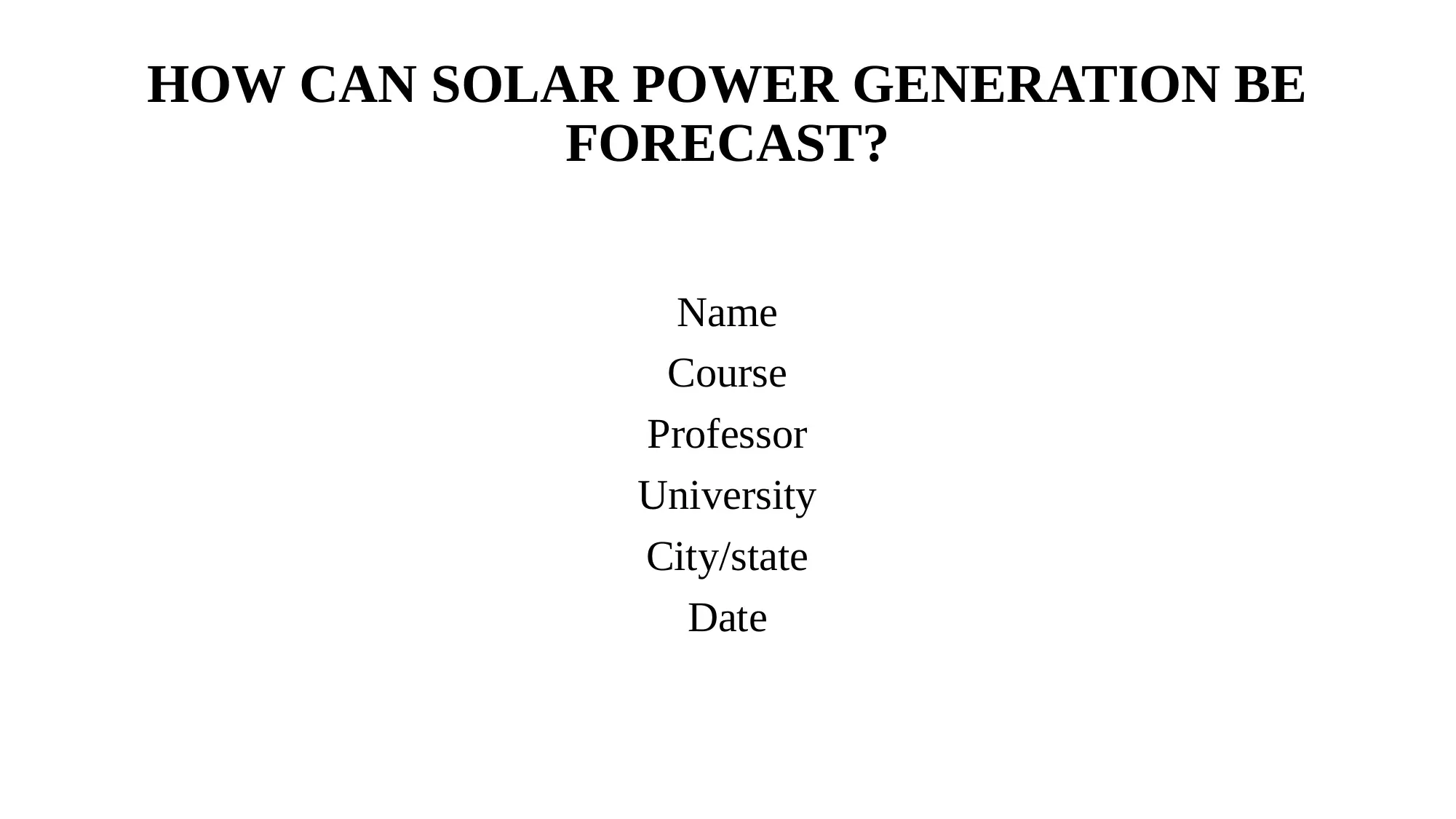
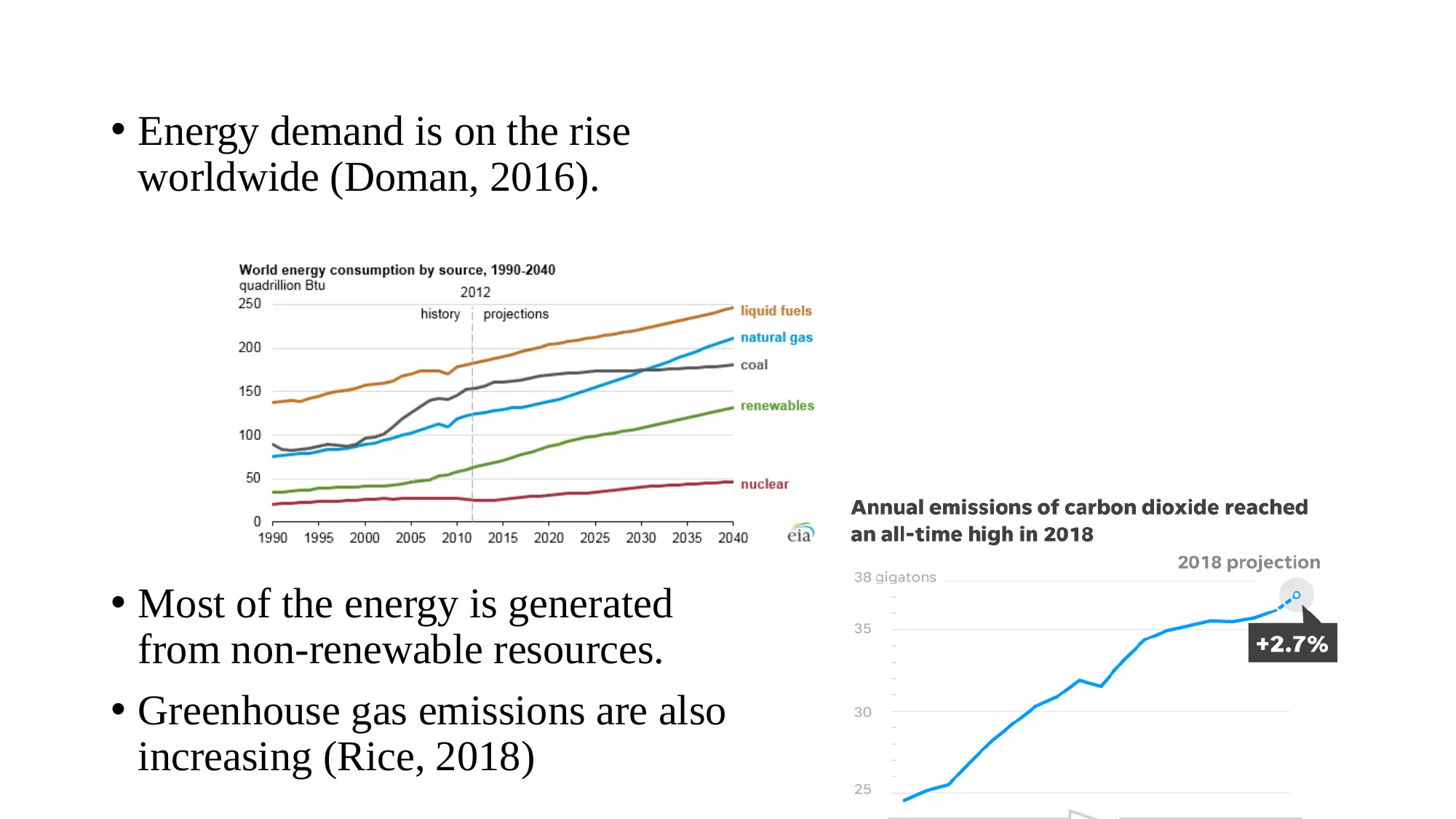
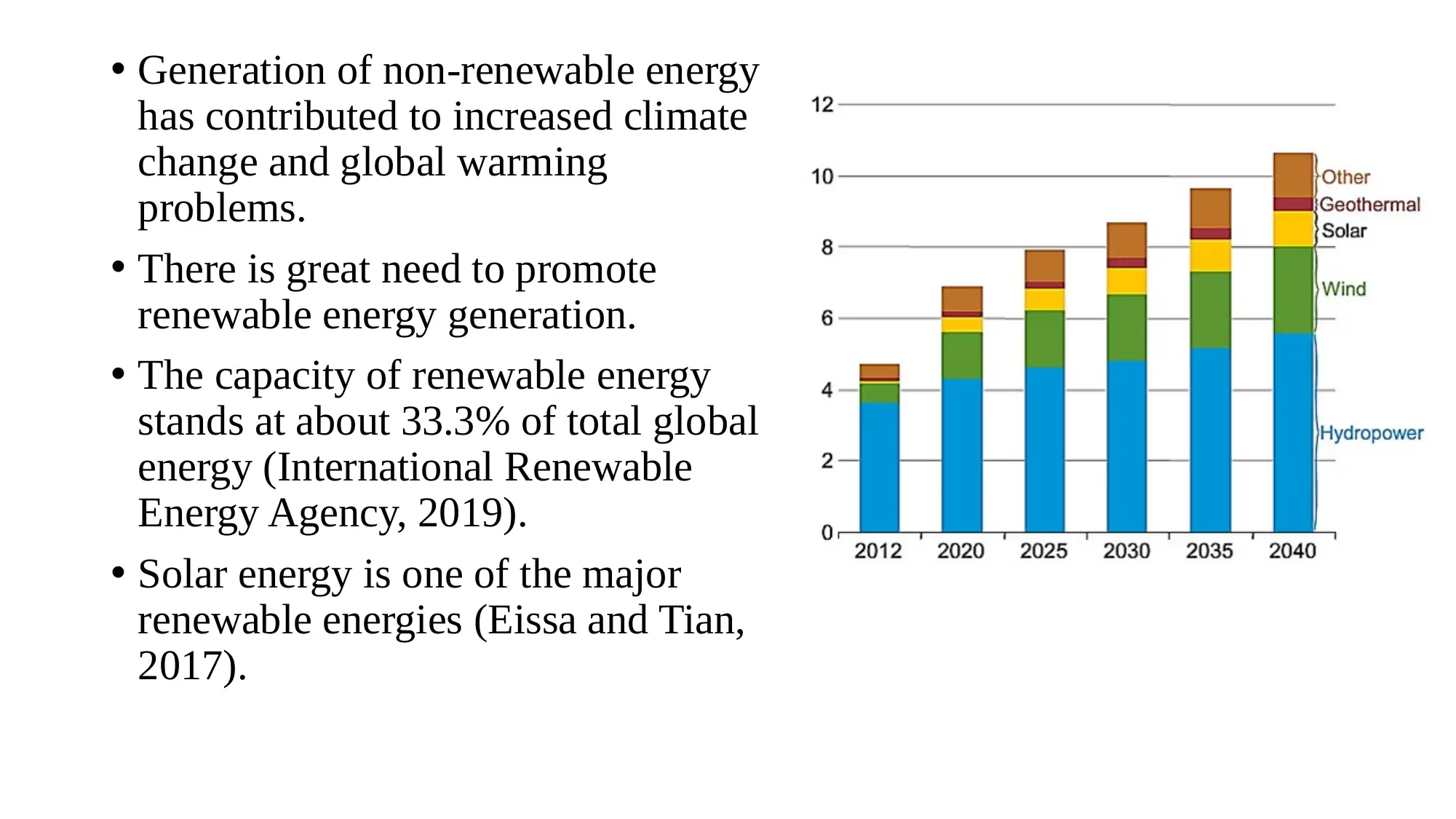

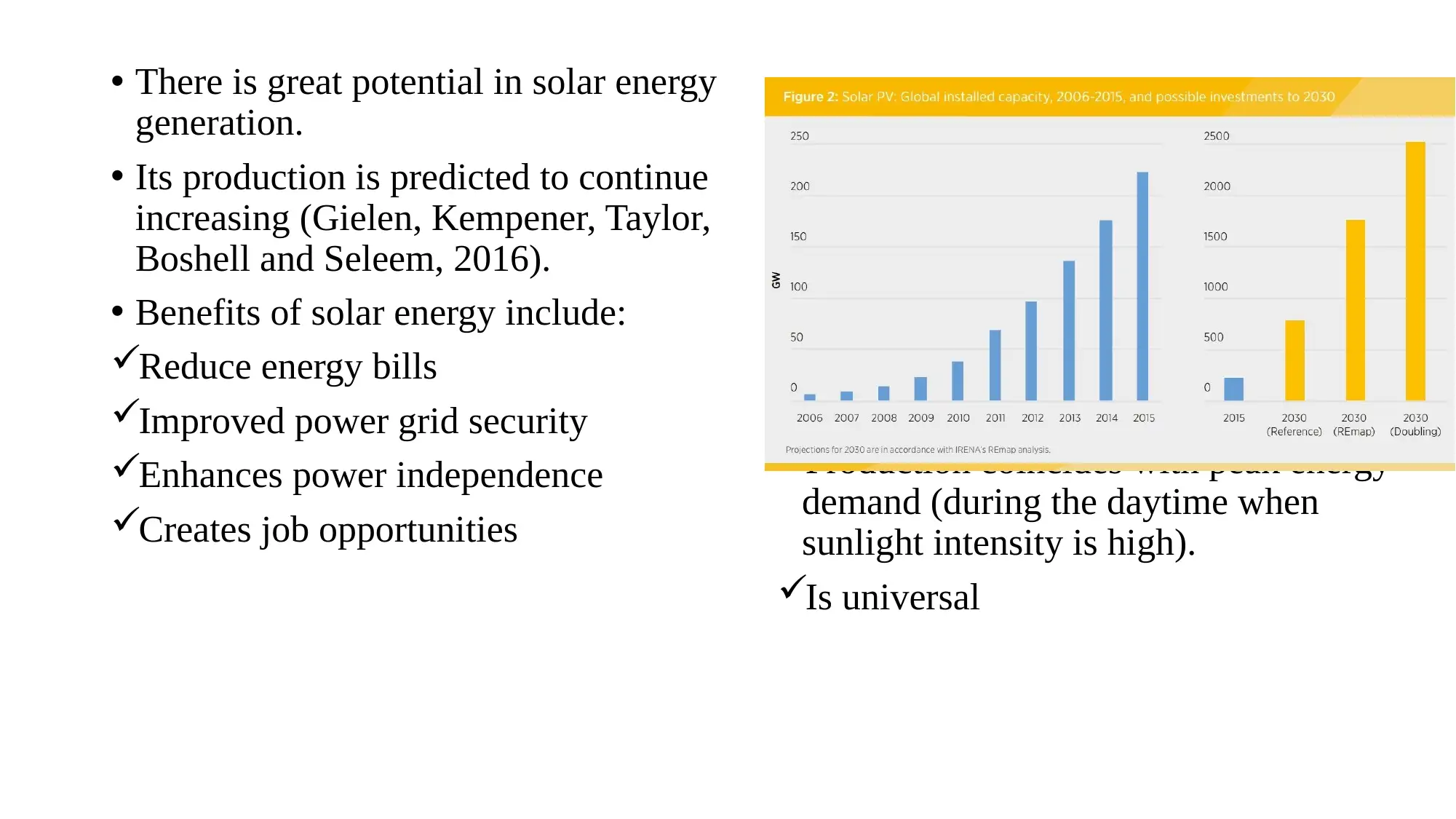
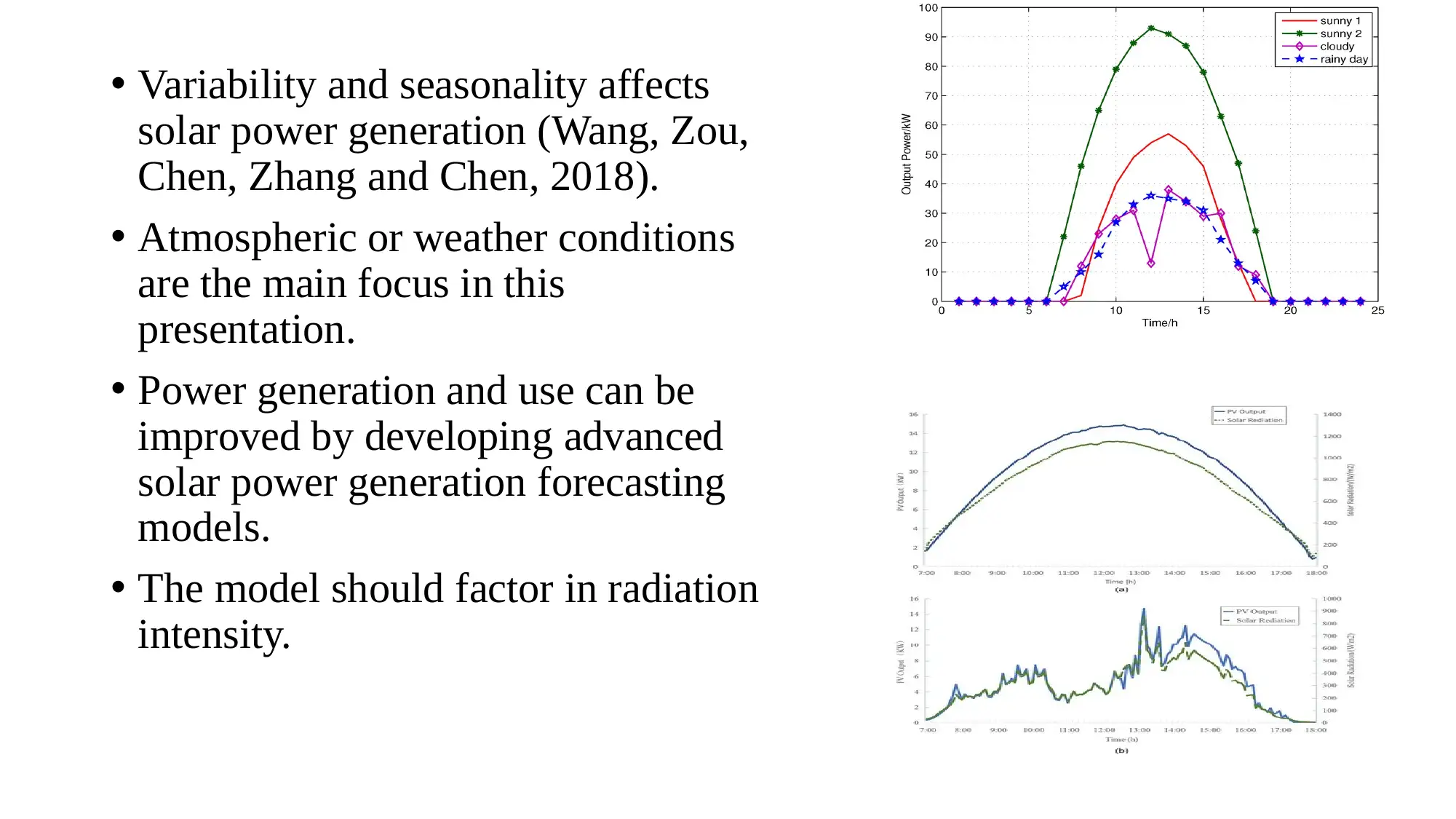
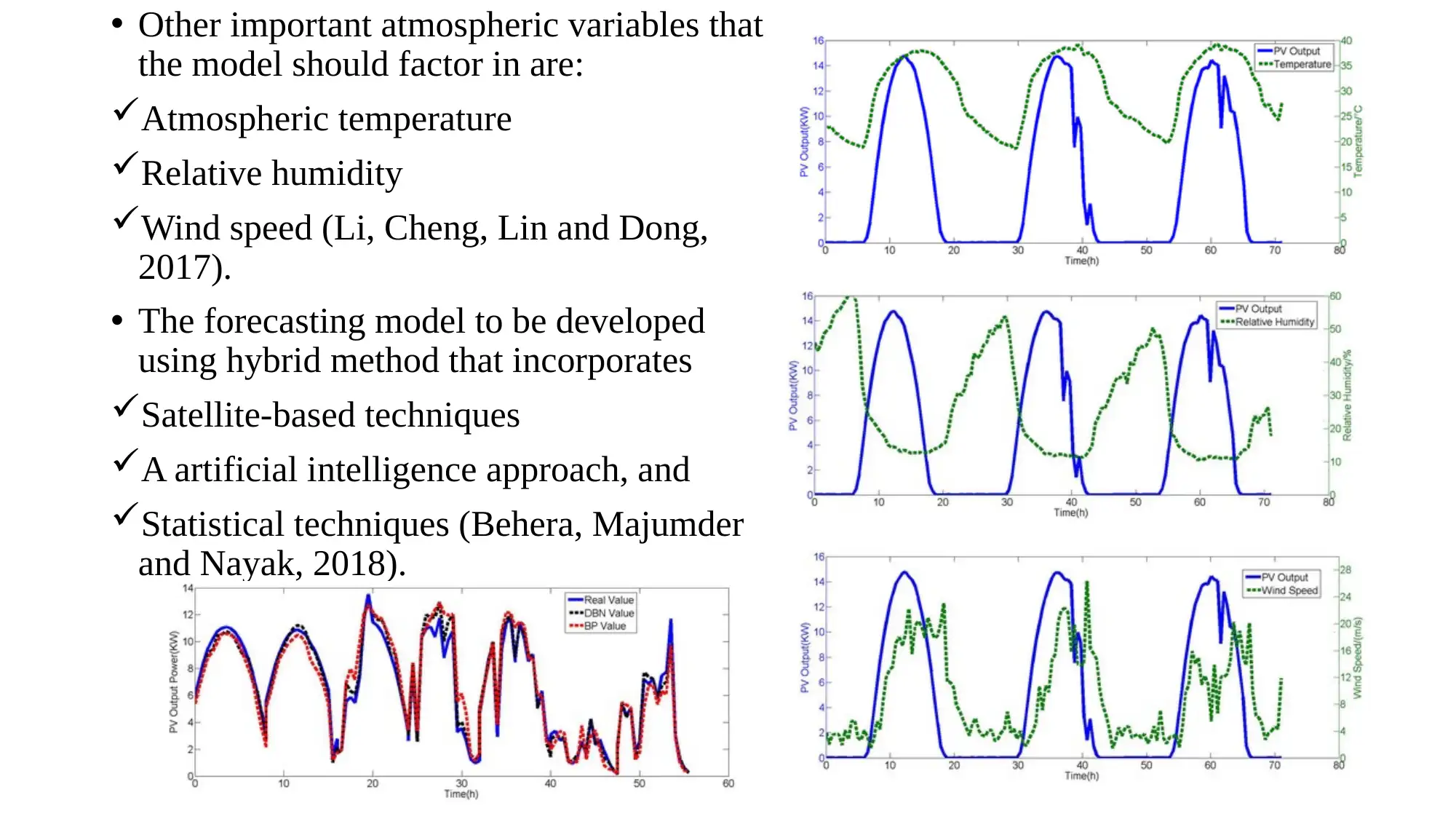
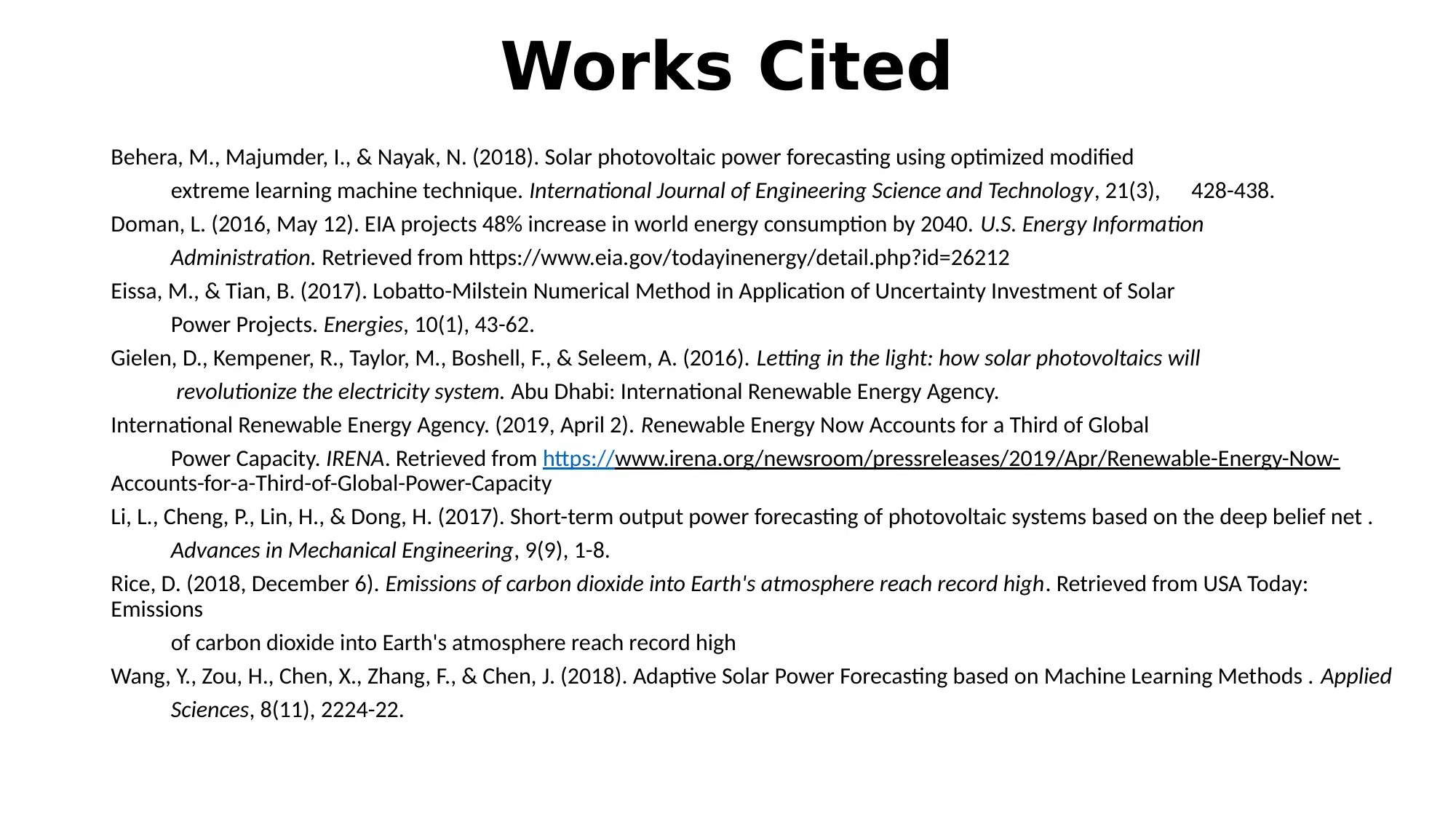
![[object Object]](/_next/static/media/star-bottom.7253800d.svg)